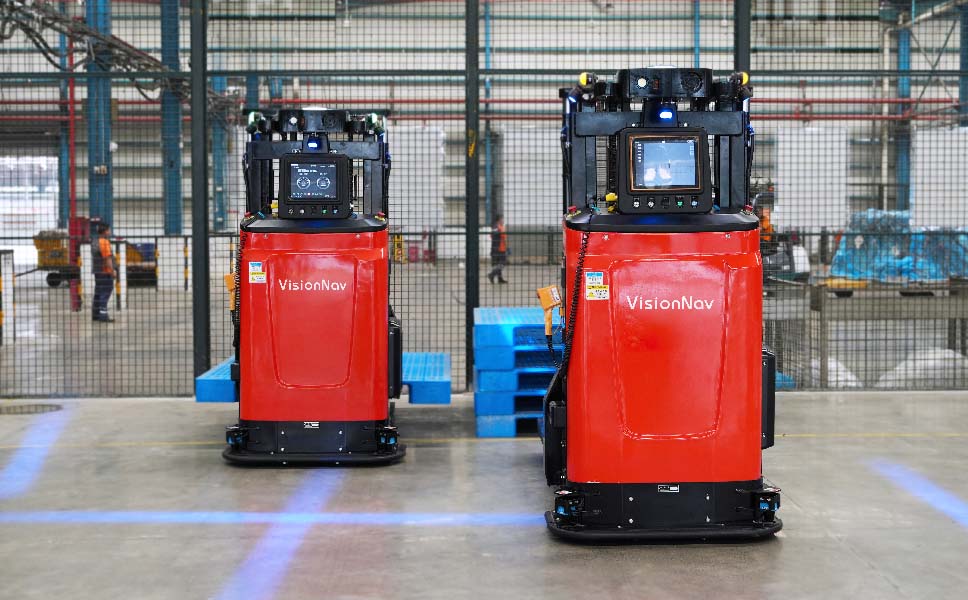
The rapid advancements in information technology, and automation are causing significant transformations within the field of cargo and logistics. Historically, the air cargo sector has not kept pace with the broader industry, primarily because of the unique characteristics of cargo, intricate supply chains, and stringent regulatory requirements. However, changes are now in progress, with improved collaboration across the industry offering promising prospects.
As the world continues to recognize and address the impact of climate change, industries such as air cargo and logistics are also making efforts toward sustainability. VisionNav's partnership with an airport in China is a prime example of this shift towards greener practices.
Pain Points
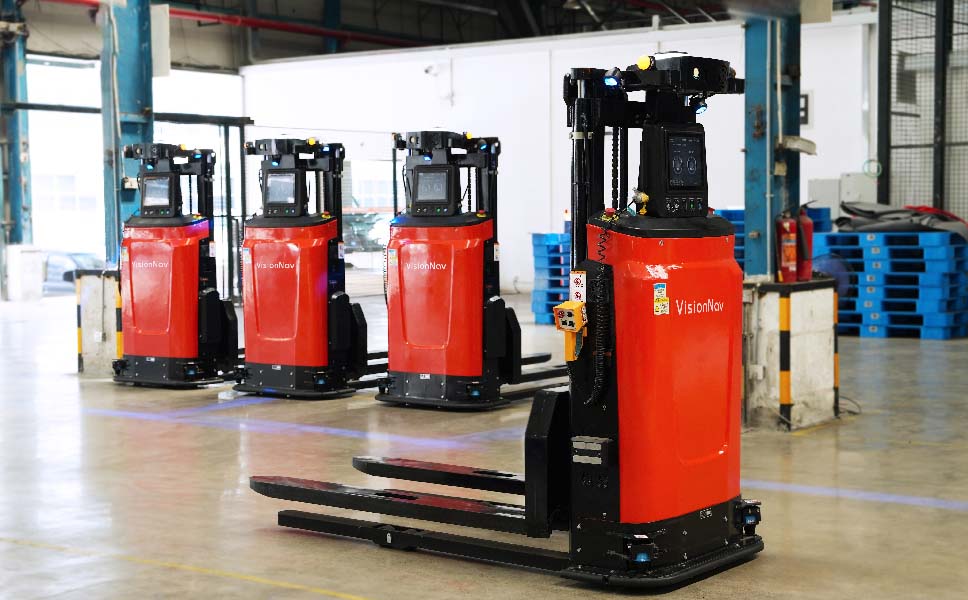
Solution
The customer has adopted VisionNav's Intralogistics automation solution with five VNSL14 Pallet Stacker AGVs. The installation is attached with the BrightEye System and Robot Control System(RCS) 2.0, autonomously enabling cargo handling for inbound and outbound operations.
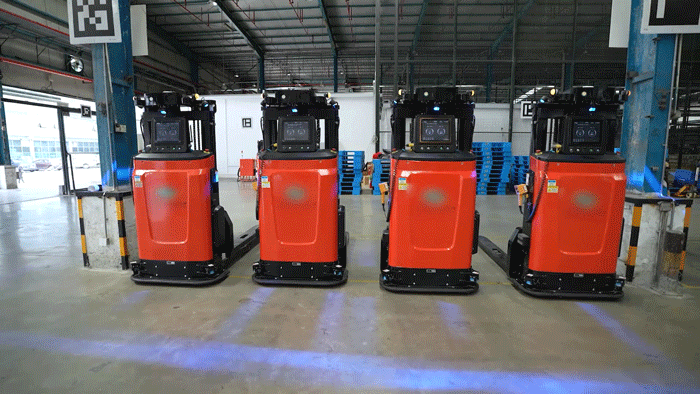
Sustainable Workflow
Inbound Buffering: When a flight arrives, manual labor separates and places the cargo onto pallets. Using a PDA, they will scan and record the cargo quantity, names, and other information. Subsequently, the cargo is transported to the inbound buffering area at gate AB. The BrightEye system in the inbound buffering place detects the presence of cargo on the storage shelves, communicates with the RCS system, and assigns inbound tasks to the VNSL14, retrieving the cargo and delivering it to the designated storage locations.
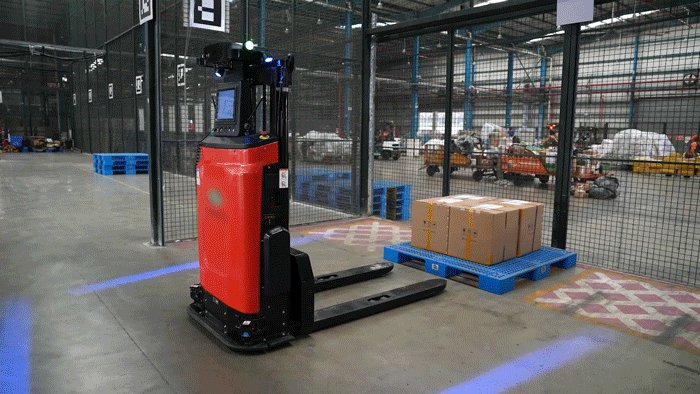
VNSL is operating at the inbound area
Platform Outbound Process: The system verifies the personnel's outbound and coordinates the VNSL14 to transport the outbound cargo to the platform pickup area. The BrightEye system detects goods loading by the pickup personnel, completing the cargo outbound process.
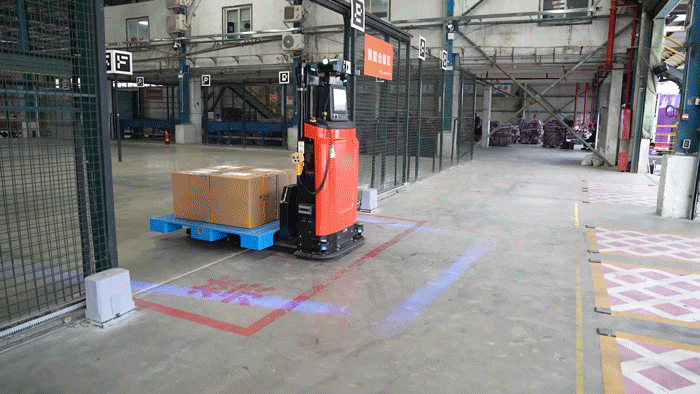
VNSL is operating at the outbound area
Empty Pallet Recycling: When the handling personnel picks up the cargo, the BrightEye System detects empty pallets. The RCS centralized control and dispatch system schedules the autonomous forklift to retrieve and transport the empty pallets to the empty pallet recycle area. To optimize space for empty pallets, the VNSL14 will stack 6 to 8 pallets together as a bundle before transferring them to the buffering area, thus moving on to the following operational process.
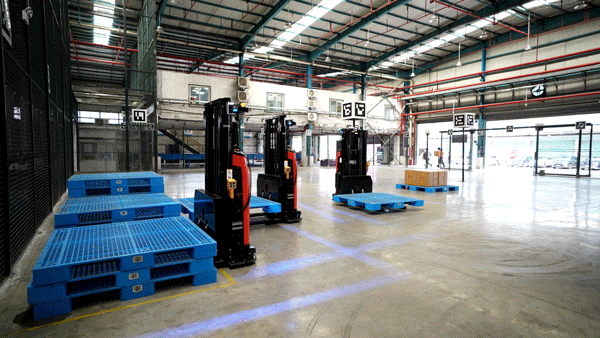
VNSL is recycling the empty pallets
Logistics Better
The upgrading warehouse has been equipped with automated logistics facilities such as autonomous forklifts, the BrightEye system, and intelligent scheduling systems. This implementation has increased the efficiency of automated operations, expanded the use of cutting-edge technologies like robots and big algorithms in aviation logistics, and elevated the level of intelligence in aviation logistics.
The VisionNav intralogistics automation solution has enhanced the ability of aviation logistics to handle inbound and outbound cargo at different times, reduced manual operational costs, and optimized ground logistics scheduling capabilities.
The entire cargo transportation process operates autonomously, starting from unloading cargo from the aircraft through cargo arrival and departure at the station and culminating in freight forwarders completing pickups. This fosters the sharing of logistics information, improves the accuracy of cargo distribution, and realizes a state where air cargo handling becomes "Visible, Traceable, Reliable, and Sustainable."